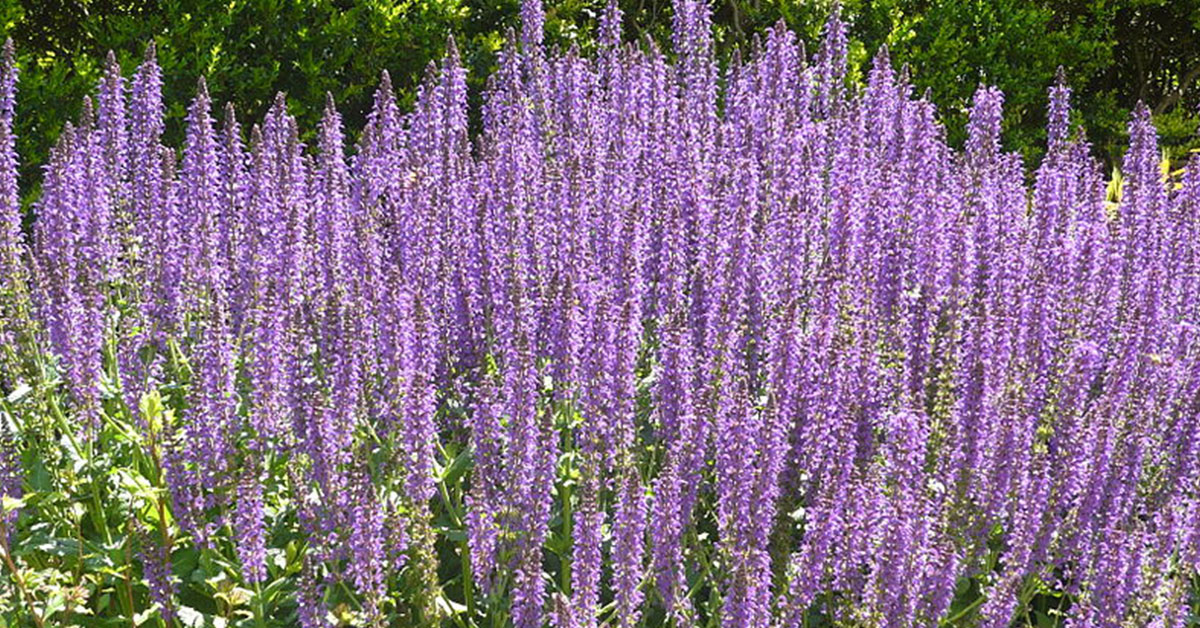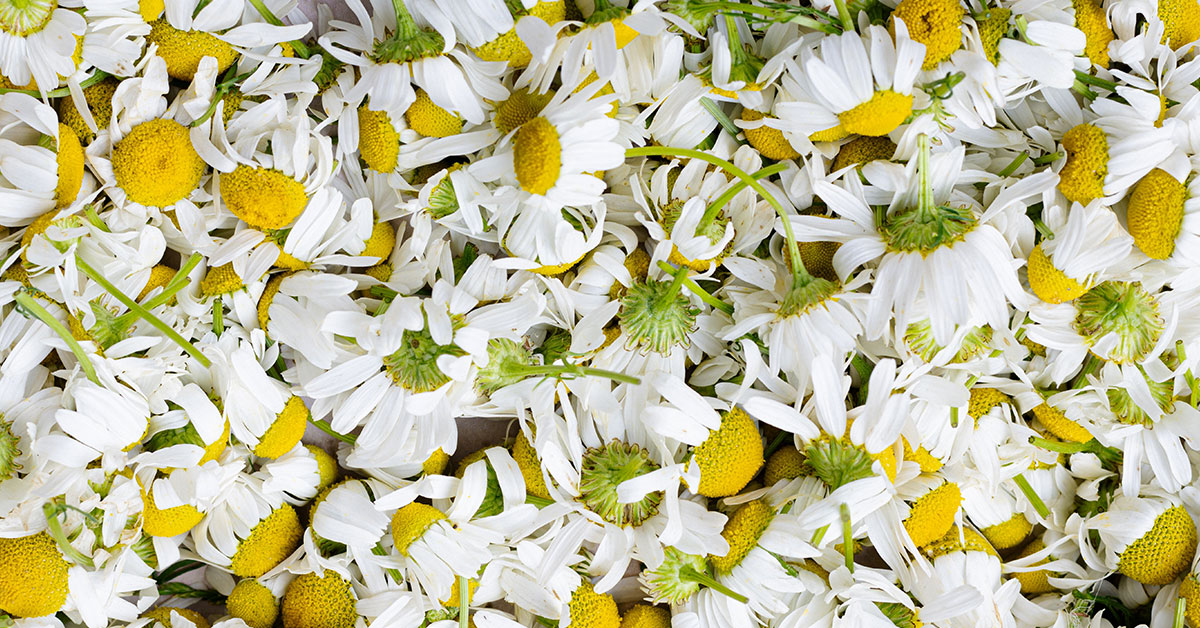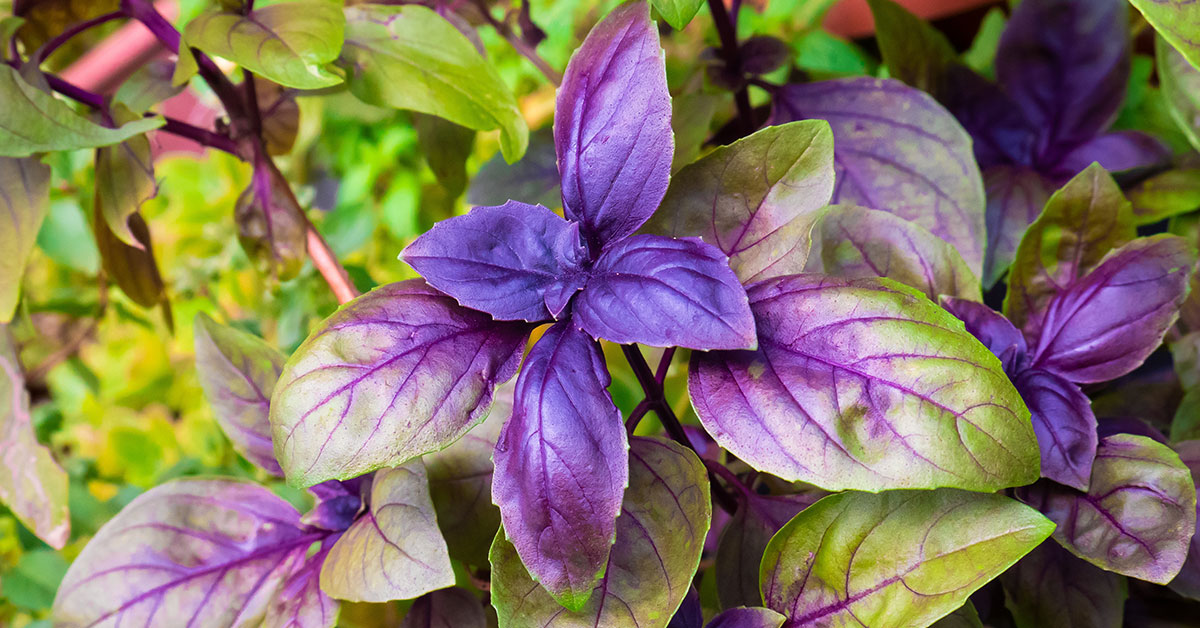There’s a sense of magic that comes with cultivating your own garden, especially when you’re growing a plant as captivating as Salvia (Salvia spp.). Known for their vibrant colors and remarkable hardiness, salvias bring a splash of life and color to gardens of all kinds. In this comprehensive guide, we’ll explore the captivating world of salvia, from understanding what this plant is and its varied appearances, to mastering how to care for it, including deadheading, pruning, propagating, and growing it.
What is Salvia?
Belonging to the Lamiaceae family, the genus Salvia is a large and diverse one, consisting of over 900 species of annuals, biennials, perennials, and shrubs. The name ‘Salvia’ comes from the Latin word ‘salvere’, meaning ‘to save’, hinting at the various medicinal properties historically associated with these plants. The most commonly grown varieties include the culinary herb sage and decorative species like the Scarlet sage (Salvia splendens), and of course, the Caradonna Salvia (Salvia nemorosa ‘Caradonna’).
What Does Salvia Look Like?
With such a large number of species, Salvia presents a wide range of appearances. However, most are recognized for their vibrant, densely packed flowers which bloom on spikes above the foliage, and their oppositely arranged leaves.
Flower colors can vary dramatically, from deep purples and blues to fiery reds, oranges, and pinks, to more subtle whites and yellows, depending on the species. The plants can range in height from 18 inches to several feet, providing ample options to suit different garden spaces and designs.
Common varieties
Salvia is a large genus with over 900 species, ranging from herbaceous perennials to shrubs, and offering a diverse array of colors and forms. Here are some popular varieties that gardeners often choose for their landscapes:
- Salvia officinalis (Common sage): This is a perennial, evergreen subshrub, with woody stems, grayish leaves, and blue to purplish flowers. It is known for its culinary and medicinal uses.
- Salvia nemorosa (Woodland sage): This species is a hardy perennial that features violet-blue flowers. Varieties like ‘Caradonna’, ‘May Night’, and ‘East Friesland’ are popular for their vibrant blooms and long flowering periods.
- Salvia splendens (Scarlet sage): Known for its bright red flowers, this species is typically grown as an annual. It’s a favorite in many gardens for its ability to attract hummingbirds.
- Salvia leucantha (Mexican bush sage): This is a perennial shrub that produces beautiful white and purple flowers and is often grown for its attractive velvety texture and unique flower form.
- Salvia sclarea (Clary sage): Noted for its aromatic properties, clary sage is a biennial or short-lived herbaceous perennial with tall stems of fragrant pink, white, or lavender flowers.
- Salvia microphylla (Hot Lips): This unique variety, often grown as a shrub, is famous for its bicolored flowers, which are red and white, hence the name ‘Hot Lips’. It is an easy-to-grow plant that flowers almost all year round.
- Salvia guaranitica (Blue Anise sage): This is a perennial species that produces striking deep blue flowers. It’s a hummingbird magnet and thrives in warm climates.
- Salvia greggii (Autumn sage): This species is a woody perennial native to Texas and Mexico, producing flowers in a variety of colors, including red, pink, purple, and white.
- Salvia apiana (White sage): Known for its ceremonial and medicinal uses, white sage is an evergreen perennial shrub that features a strong, sweet scent and has attractive silver-grey foliage.
Each of these Salvia varieties brings its own unique charm and appeal, making this genus one of the most diverse and beloved groups of plants in the botanical world.
How to Deadhead and Prune
Salvias are generally low maintenance but benefit from regular pruning and deadheading for continued health and blooming.
Pruning: Prune salvias in the early spring to stimulate growth and again after blooming to maintain a compact, bushy form. Remove about a third of the plant, cutting back to strong, healthy growth.
Deadheading: This process involves removing spent blooms to encourage the plant to produce more flowers. For salvias, simply cut off the flower spikes after they’ve finished blooming. Some varieties, particularly perennials, may reward you with a second flush of blooms in the same season when deadheaded promptly.
How to Propagate Salvia
Propagation of salvia can be achieved through seed, cuttings, or division, depending on the species.
Seed Propagation: Seeds should be sown indoors in late winter or directly in the garden after the last frost. Germination typically takes 2-3 weeks.
Cuttings Propagation: Stem cuttings can be taken in late spring or early summer. Select a healthy, non-flowering shoot, cut a 3-4 inch piece, and plant it in a mix of sand and peat moss. Keep it in a warm, well-lit place until roots develop, then transplant to a larger pot or the garden.
Division Propagation: Perennial salvias can be propagated by division in the spring or fall. This involves digging up the plant, dividing the root ball into smaller parts, and replanting.
How to Grow Salvia
Growing salvia involves understanding the plant’s basic needs regarding sunlight, soil, water, and temperature.
Sunlight: Most salvia species prefer full sun, but some can tolerate partial shade. However, full sun encourages the best bloom production.
Soil: Salvias generally prefer well-drained soil. They can tolerate a wide range of soil types, including sandy, loamy, or clay soils, as long as drainage is good.
Water: While established plants have good drought tolerance, regular watering during dry spells is beneficial. Water deeply, but allow the soil to dry out in between to prevent waterlogging.
Temperature: Depending on the species, salvia plants can be grown in USDA zones 3 to 10, signifying their versatility in different climates.
In conclusion, salvias are a versatile, beautiful, and relatively easy plant to cultivate in your garden. Their diverse array of colors and forms can enhance any garden design, and their hardy nature makes them an excellent choice for both beginner and experienced gardeners.













